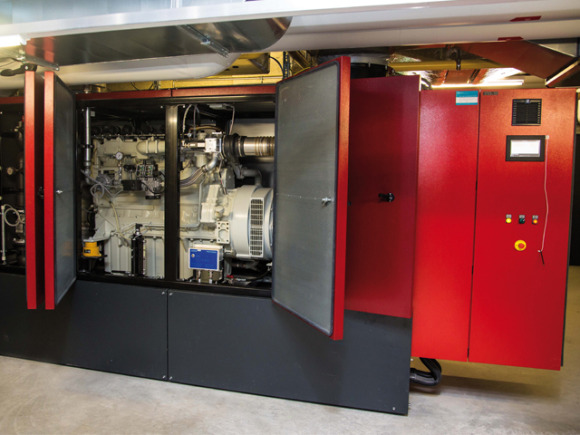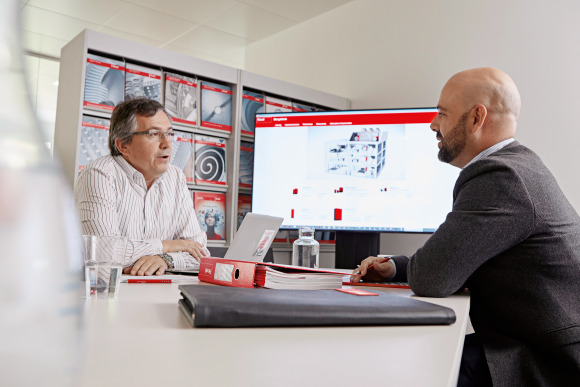With the Hoval PowerBloc EG to the "Energy City" label

With the Hoval PowerBloc EG to the "Energy City" label
Reduction of energy costs and economical use of primary energy. In addition, the Hoval combined heat and power plant with a gas boiler and two heat storage tanks further increases the efficiency of the system.
- District Heating
- New Building
- DHW Generation
With the Hoval combined heat and power plant, the energy supplier AGE SA in Chiasso is relying on an expandable solution that also reduces the burden on the environment. This is one of many measures taken by the municipality to live up to the "Energy City" label.
The reliable, efficient and environmentally friendly central heating system with the Hoval PowerBloc EG (43 - 530) supplies the six buildings of the municipality of Ciasso – including the municipal hall, police station and museum – with heat and covers part of the electricity requirement. As a result, the municipality enjoys a reduction in energy costs and an economical use of primary energy, which relieves the burden on the environment. The grid-side transmission lines are also relieved. The solution was planned and constructed by Visani Rusconi Talleri SA in an expandable way in order to be able to supply other nearby private buildings in the future. It is also already geared towards future legal requirements.
Multiple awards

Chiasso has already received several awards as an "Energy City" and has thus committed itself to sustainable action. With the new heating system with PowerBloc EG (43 - 530), an investment is being made in one of many measures with which Chiasso has rendered outstanding services to the label. Heat is generated by the Hoval PowerBloc EG (43 - 530) with 70kW electrical and 114kW thermal power and a gas boiler with 500kW heat output.
Two heat storage tanks, each with a capacity of 5000 litres, also increase the efficiency of the system and enable even, low-cycle operation of the CHP. It counts over 5000 operating hours annually. This corresponds to more than 350,000 kWh of electrical energy and 600,000 kWh of thermal energy – although the potential of the CHP is far from exhausted.

